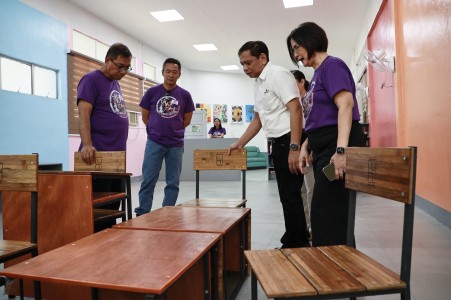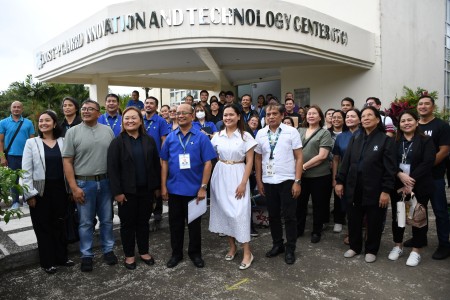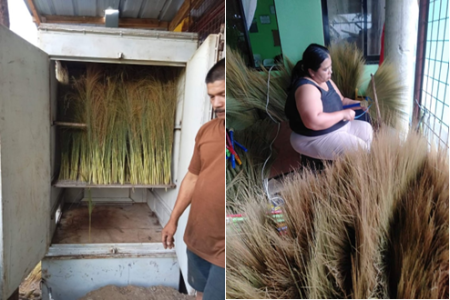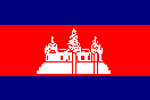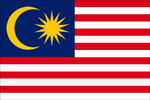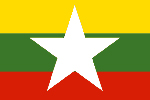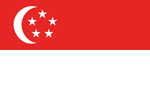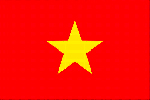BLUE AND GREEN DIAMOND IN THE FOREST OF SOUTH SORONG REGENCY Indonesia | 18/12/2017
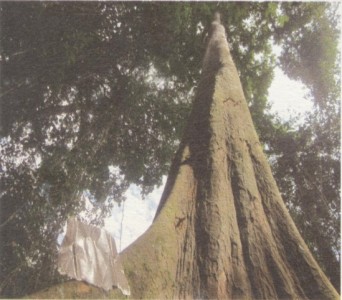
The Condition of Bariat Ecotourism Forest
As far as 10 km from the capital of South Sorong Regency, headed to the north of high-altitude land, a forest lies, recorded in the working book of local forestry agency in year 2016 as the Bariat Ecotourism Forest Park. Standing inside this nature park, one can exhale its fresh air and enjoy the beautiful view of the green leaves of the crown of the big-diameter and tall trees. The whole forest occupies an area of ± 12.071 Ha.
Base donits appearance, the potency of Bariat forest is assumed to be higher than the production forest in Wasior bay of Wondama regency. The number of trees in Bariat forest is approximately 120 trees per hectare, or 20% higher than that found in the production forest in Wasior bay which is averaging at 100 trees per hectare with a volume of 1067 m3 /Ha (Basari Z. et al., 2016). This situation happens because of the status difference between the forest area in Wondama regency as production forest, in which many trees had been harvested by the logging companies, and the natural Bariat forest as conservation area which then prohibits the harvesting of the trees inside. Picture 1 shows the condition of Bariat forest.

Picture 1. The condition of Bariat forest (Photo: Nafi A., 2016)
In the Bariat forest, we can also view mangrove and sagoo vegetations occupying the area of beach forestands wampland. This area is adjacent to Srer Distrik Seremuk village which is inhabited by friendly local community. Rough estimation shows that the diameter range of mangrove trees is Ø 10-15 cm (polestage) with the range of trees numbers is 100-150 trees/Ha. Two rivers flow through the villages within theforest, forming a spiral-like shape when seen from above and have very clear, blue colorish water.
The natural beauty shown in the Bariat forest is like green and blue diamond. Thus it will be an attractive site for the adventurers or tourism business offering naturet racking, mountain bike or fishing tours using local community boats. Nevertheless, the site is less promoted as tourism destination. Therefore, there are not many domestic or foreign vistors come to the site. Pictures 2 and 3 show the beauty of Bariat forest.

Picture 2. The beach forest of Bariat (Photo by: Praka Teguh)
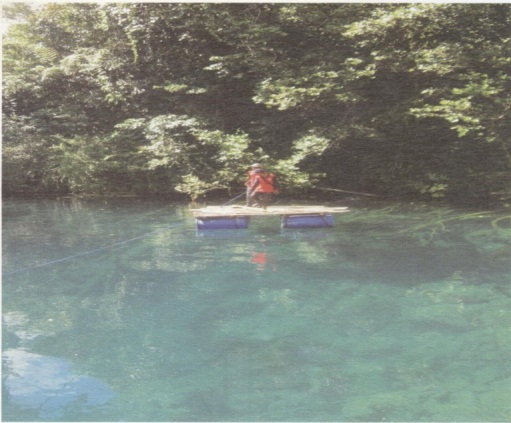
Picture 3. Wensi river with its blue color water (Photo by: Praka Teguh)
The main land area of Bariat forest, which is bordering the production forest, is dominated by Damar (Agathis dammara) vegetation. There is a village, named Kampung Bariat, Distrik Kondang, in the middle part of this part of forest area. The leader of local community explained that the Damar vegetation is the remaining forest planted by Dutch colonials previously in 1952-1953. As an attempt to preseve the forest, until now the community only tap the Damar sap and is not allowed to harvest the trees. To live, the community is not only taking the damar sap, but also hunting animals in the forest, fishing fish or shrimps/prawns in the river and harvesting the sago plant. Pictures 4 and 5 show the damar vegetation and its sap use.
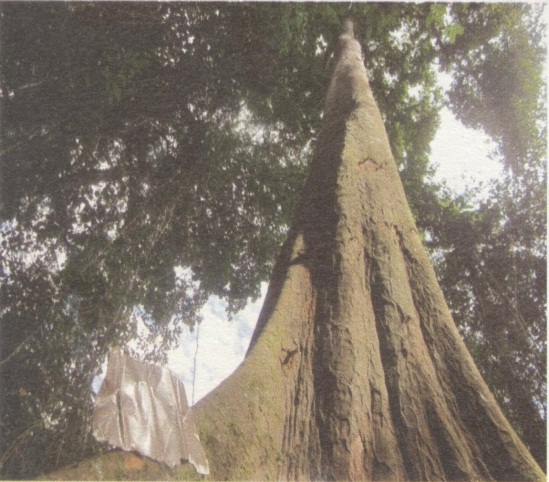
Picture 4. Damar tree (Photo by: Nafi. A 2016)
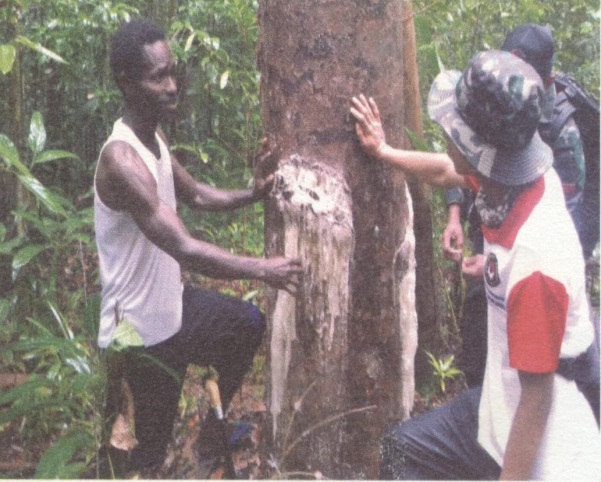
Picture 5. Damar sap production (Photo by: Nafi. A 2016)
The information on Bariat forest presented above is the result of the NKRI 2016 expedition carried out in West Papua. It is expected that the information will be useful. We thank the special squad of the army, KOPASSUS, for their aid. Hopefully God will return their kindness. Aamiin YRA.
References:
Basari Z., Mariyah U. and Dominggus. 2016. Suatu Tinjauan Beberapa Masalah di Kawasan Hutan Teluk Wondama. Laporan Perjalanan Ekspedisi NKRI 2016 Koridor Papua Barat di Wilayah Kabupaten Wondama. (unpublished). Indonesian language manuscript.
Nafi A. and La Sugi. 2016 . Kearifan Lokal Menjaga Hutan demi Kesejahteraan. Ekspedisi NKRI Koridor Papua Barat 2016. Mako Kopassus Cijantung. Jakarta. Indonesian language manuscript.
Authors: Zakaria Basari and Ahmad Yusuf M.
Translated by: Rohmah Pari
Edited by: Ratih Damayanti


